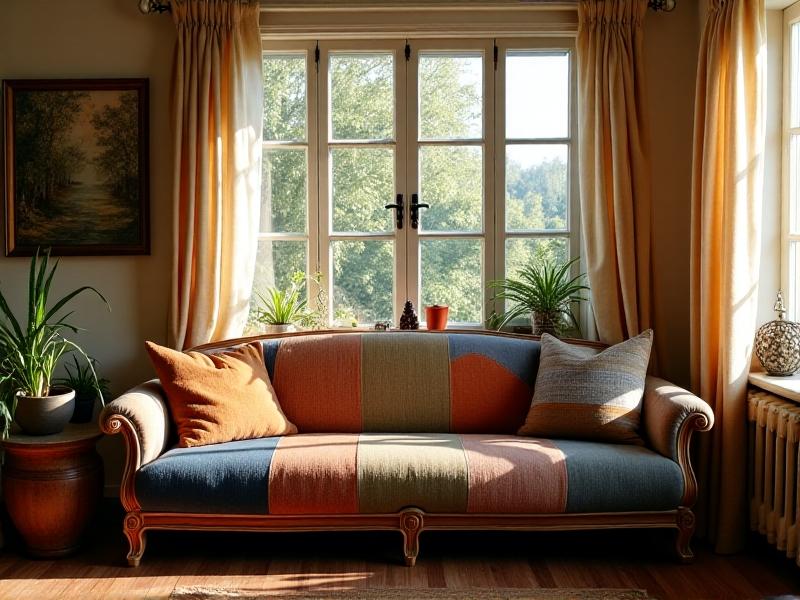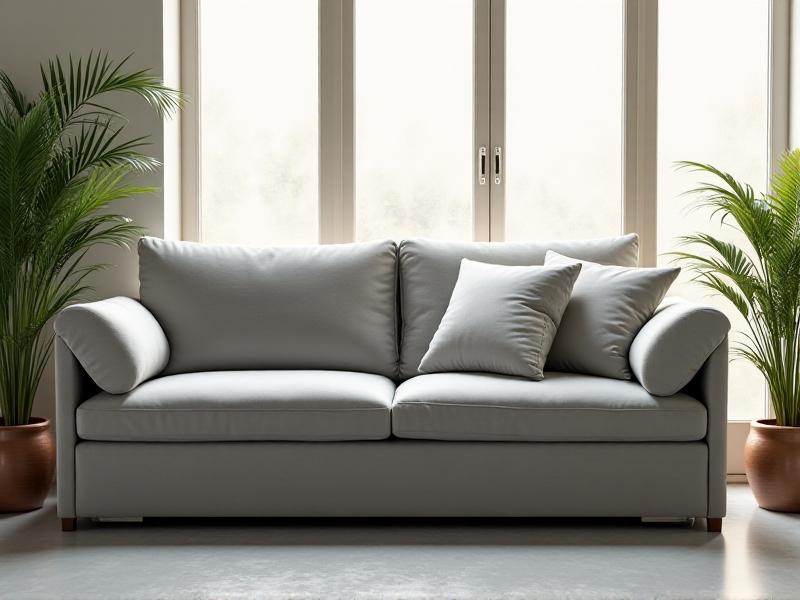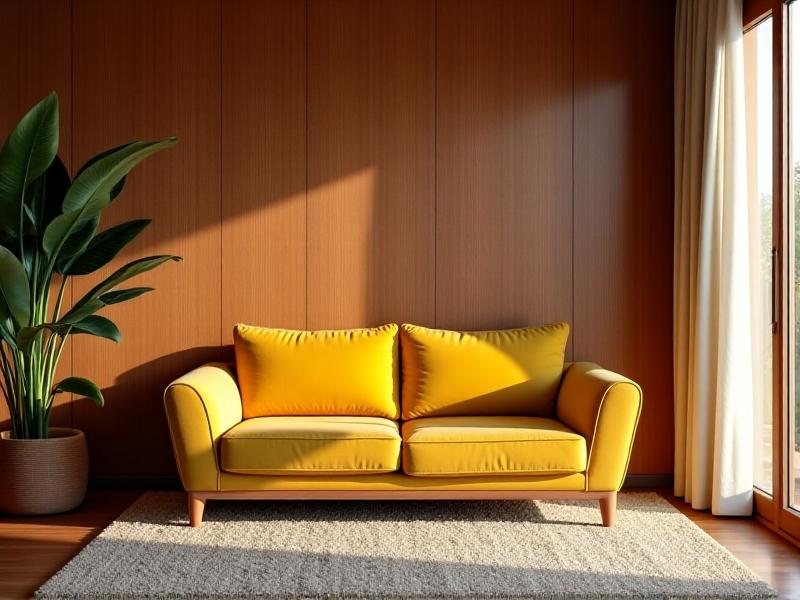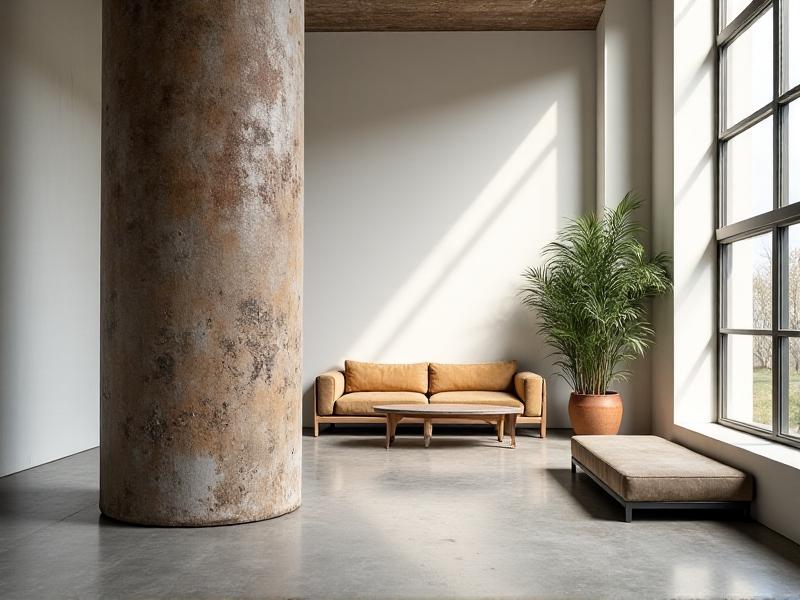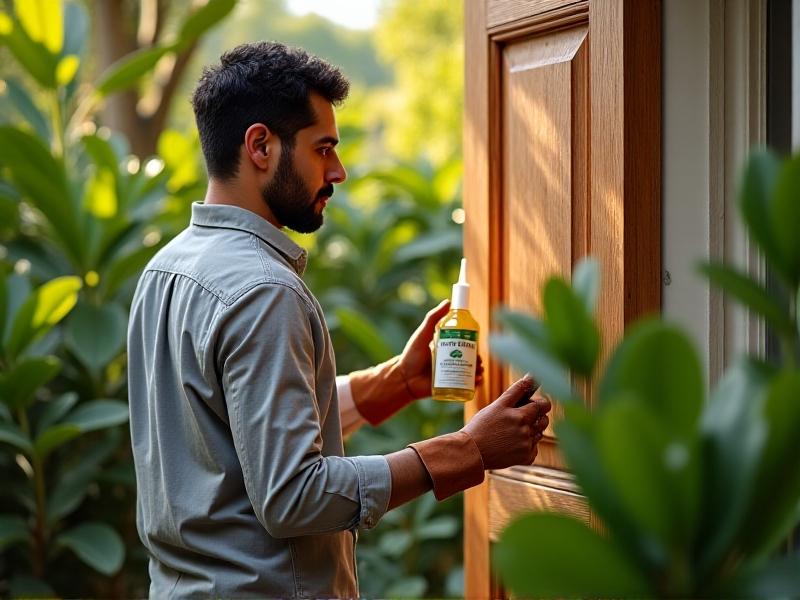Musty No More: Eliminating Vintage Wood Odors Permanently
Musty No More: Eliminating Vintage Wood Odors Permanently
Understanding the Science Behind Vintage Wood Odors
The musty scent of vintage wood often evokes nostalgia, but lingering odors can detract from its charm. These smells typically stem from decades of accumulated moisture, mold spores, or decaying organic matter trapped in porous wood fibers. Older furniture, architectural elements, or decorative pieces may also retain residues from tobacco, oils, or outdated cleaning products. Understanding the root cause is critical—whether it’s surface-level contamination or deeper structural decay—to choose the most effective treatment.
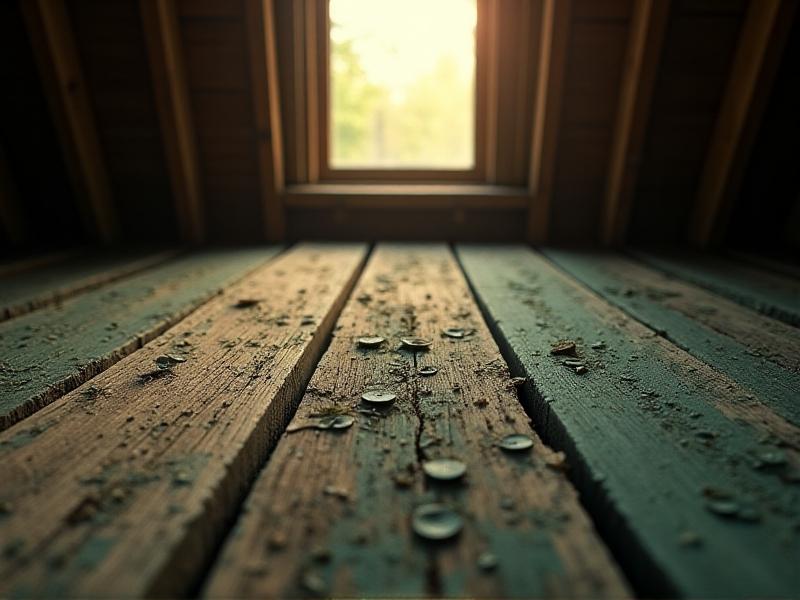
Assessing the Odor: Superficial vs. Deep-Rooted
Not all odors require intensive intervention. Superficial smells often cling to finishes or surface layers and may respond to simple cleaning. Press a clean cloth against the wood—if it picks up a faint odor, the issue is likely surface-level. Persistent, earthy smells suggest mold or rot within the wood itself. Check for visible discoloration, soft spots, or crumbling edges. For heirloom pieces, consult a restoration expert to avoid damaging fragile materials.
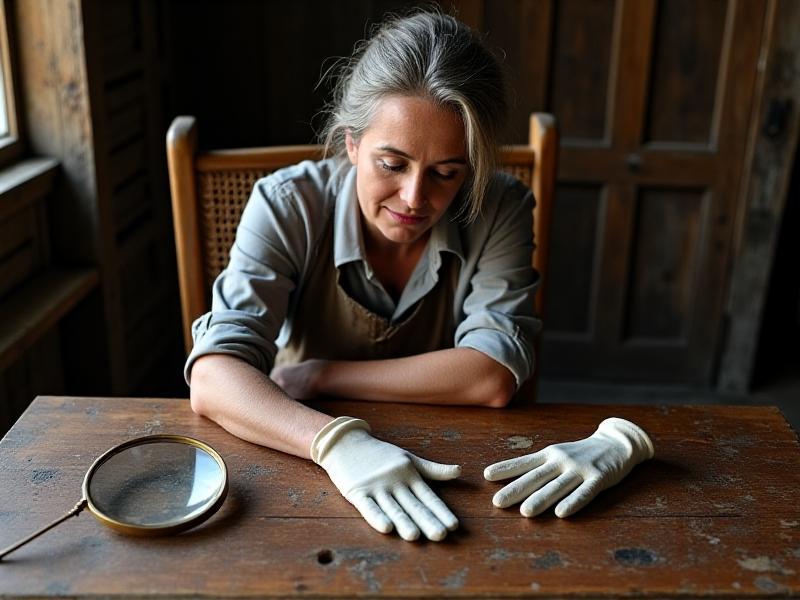
Initial Cleaning: Ventilation and Surface Prep
Begin by moving the piece outdoors or to a well-ventilated area. Sunlight and airflow can reduce mild odors naturally. Use a soft brush to remove dust, followed by a vacuum with an upholstery attachment. Wipe surfaces with a damp cloth and mild dish soap, avoiding saturation. For intricate carvings, a cotton swab dipped in rubbing alcohol can dislodge grime. Allow the wood to dry completely before proceeding—trapped moisture exacerbates odors.
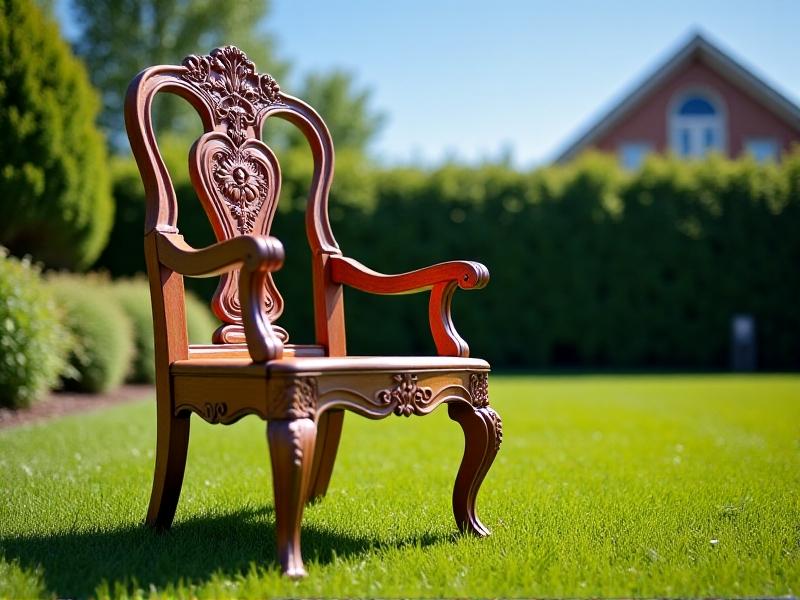
Natural Solutions: Baking Soda, Vinegar, and Citrus
Baking soda neutralizes acidic odors and absorbs moisture. Sprinkle it liberally over the wood, let it sit for 24 hours, then vacuum. For sticky residues, mix equal parts white vinegar and water, adding lemon peels for freshness. Lightly mist the solution onto the wood, then wipe with a dry cloth. Avoid over-wetting, and test on a hidden area first—vinegar’s acidity can dull某些 finishes.
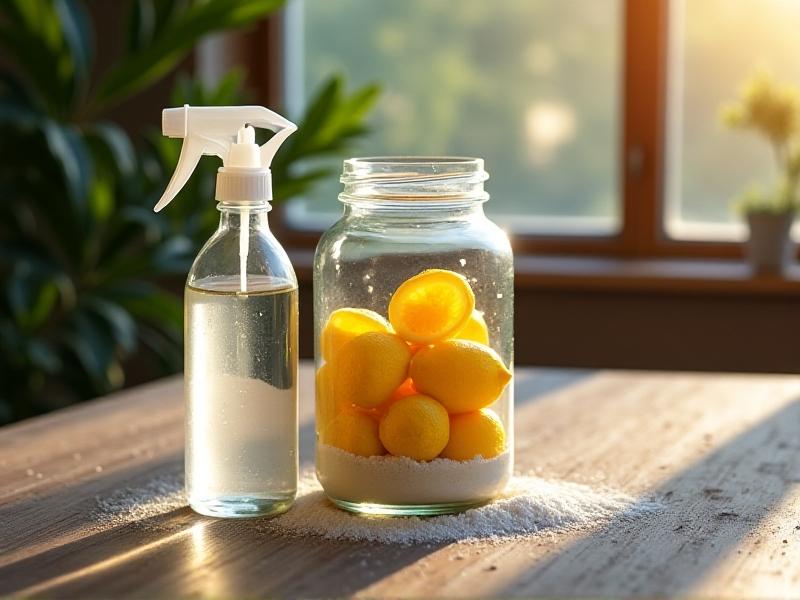
Harnessing Sunlight and Essential Oils for Freshness
UV rays from sunlight break down odor-causing bacteria. Place the wood in direct sun for 4–6 hours, rotating periodically. For indoor treatment, use a UV-C lamp cautiously. After cleaning, refresh the wood with essential oils like tea tree (antifungal) or lavender (calming). Dilute 10 drops in water, spray lightly, and buff with a dry cloth. The oils impart a subtle scent while protecting the wood’s surface.
Activated Charcoal and Ozone: Advanced Odor Combatants
Activated charcoal’s porous structure traps volatile organic compounds (VOCs). Place bowls of charcoal near the wood or use sachets for enclosed spaces like drawers. Ozone generators oxidize odor molecules but require caution—use in unoccupied, well-ventilated areas and follow safety guidelines. These methods excel against smoke or pet odors but may require multiple treatments.
Sanding and Refinishing to Erase Odor Traces
For deeply embedded smells, sanding removes contaminated layers. Start with 120-grit sandpaper, progressing to 220-grit for smoothness. Wear a mask to avoid inhaling particles. After sanding, apply a sealant like shellac or polyurethane to lock in freshness. Stain or paint can further mask residual odors. Note: Sanding antique pieces may reduce their value—consult a professional first.
Sealing Strategies: Choosing the Right Products
Sealants create a barrier against odor recurrence. Shellac, derived from resin, is ideal for delicate antiques. Water-based polyurethane offers durability with low VOC levels. For food-safe surfaces, use beeswax or mineral oil. Apply thin coats with a brush, allowing ample drying time. Sealing not only preserves the wood but also enhances its natural beauty.
Preventing Mustiness: Humidity Control and Storage Tips
Maintain 30–50% humidity to inhibit mold growth. Use dehumidifiers in damp basements or silica gel packets in enclosed spaces. Elevate wood furniture off floors with felt pads. Avoid placing pieces near radiators or windows, where temperature fluctuations cause expansion and contraction. Regular dusting and prompt spill cleanup prevent odor buildup over time.
Case Studies: Restoring Odor-Free Vintage Furniture
A 1920s oak desk, reeking of tobacco, was revived with baking soda and citrus spray. A cedar chest with mothball odor required ozone treatment followed by linseed oil. Each case underscores the importance of tailored solutions. Share your success stories online—restoring these pieces preserves history while making them functional for modern life.
